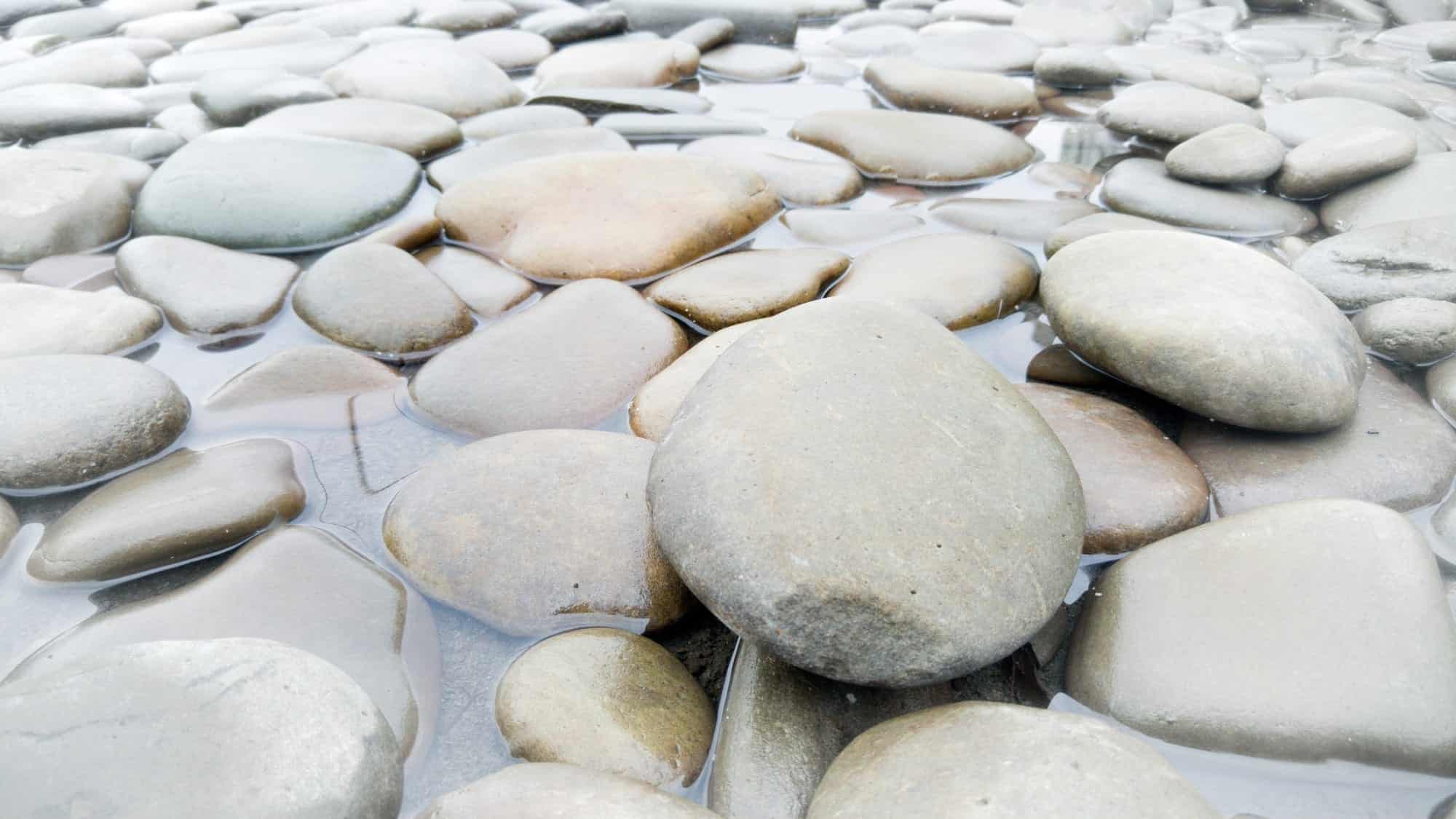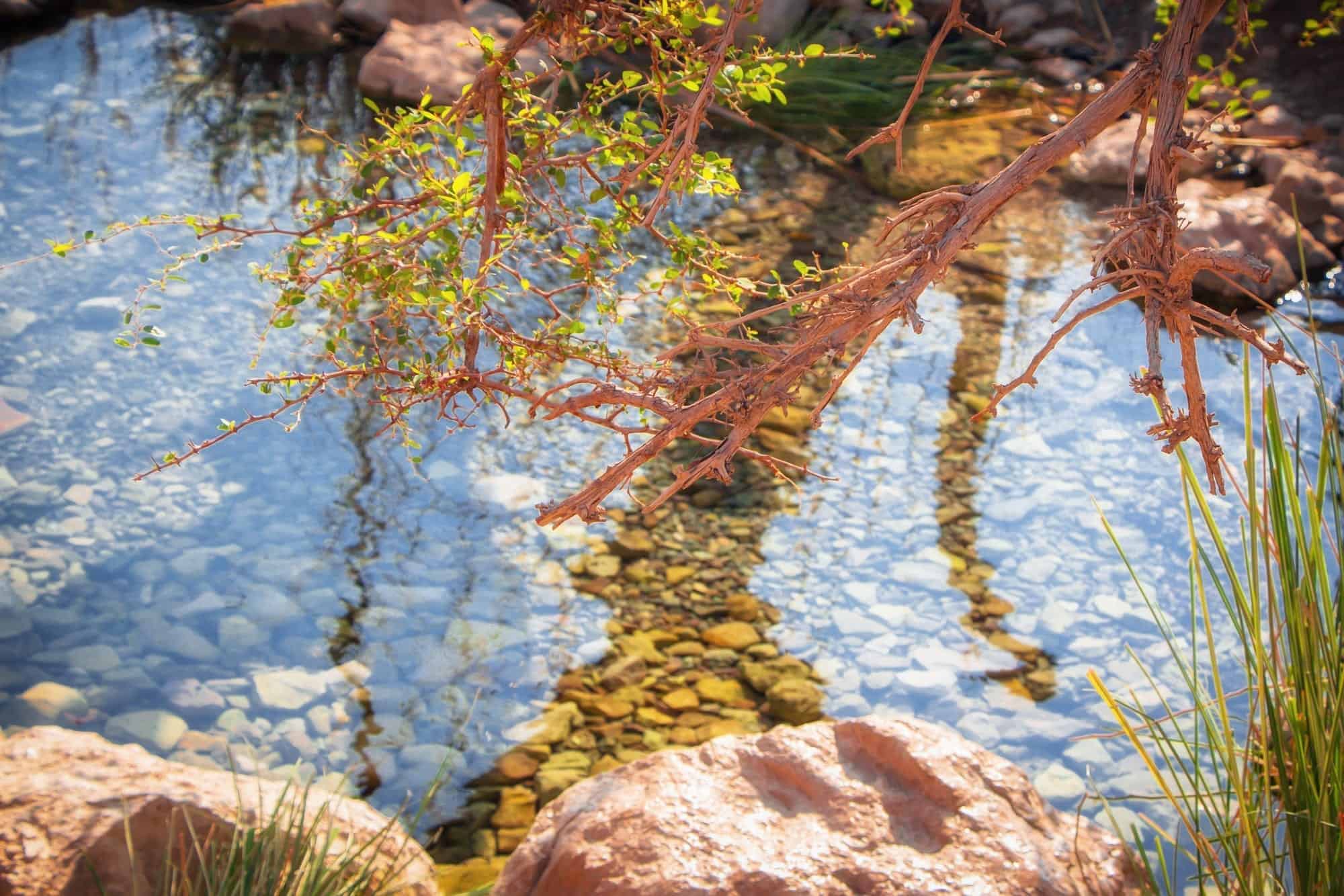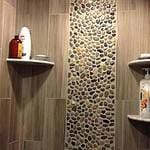
How to Build a Dry Creek Bed Using Landscaping Stones
If you have low points around your yard or your property sits at the base of a slope, then you might notice standing water that takes a long time to drain after a big rainstorm.
Drainage is essential for any garden, as too much water can be harmful to plants and cause soil erosion. In tropical regions standing water attracts mosquitoes, which can lead to infestations (and annoying bites).
The best way to combat standing water is to implement a drainage system. Luckily, drainage is versatile and you can get as creative as you want with it. After all, the objective is to drain excess water from your yard.
While there are plenty of DIY drainage systems, one of our favorite methods is to build a dry creek bed.
But what is a dry creek bed? This is a man-made channel outfitted with different-sized landscaping stones and boulders. The channel resembles a small creek, and when it rains, the channel directs moving water out of your yard to an exit point.

The Benefits of a Dry Creek Bed
A dry creek bed offers numerous benefits. We share them below:
- It’s easy to install yourself
- Inexpensive
- Long-lasting
- Looks natural and beautiful using garden pebbles
- Effective for dispersing water throughout your yard
Local Permits & Regulations
Before getting started with your dry creek bed design, it’s important to lay out a plan so you know exactly where the exit points will be.
Check with your local authorities on rules and regulations, as you don’t want the exits to pour out onto the street where it can overwhelm city drainage systems.
Every town is different, so cover all of the legal bases first to avoid headaches down the road.
Choosing the best river rock, boulders, and garden pebbles
One of the best things about building a dry creek bed is that you have the freedom to get creative with the landscaping stones so that it matches your exterior design.
It’s recommended to use a wide variety of rocks to fill the trench, with boulders placed at the edges and medium-sized river pebbles that surround the boulders.
Then, you can fill out the empty patches of the trench with smaller river rocks to complete the look.
And that’s more or less all it takes to create a functional dry creek for optimal drainage! Check out the video below for detailed step-by-step instructions on how to build a dry creek bed with river rock.





gate io
Reading your article helped me a lot and I agree with you. But I still have some doubts, can you clarify for me? I’ll keep an eye out for your answers.